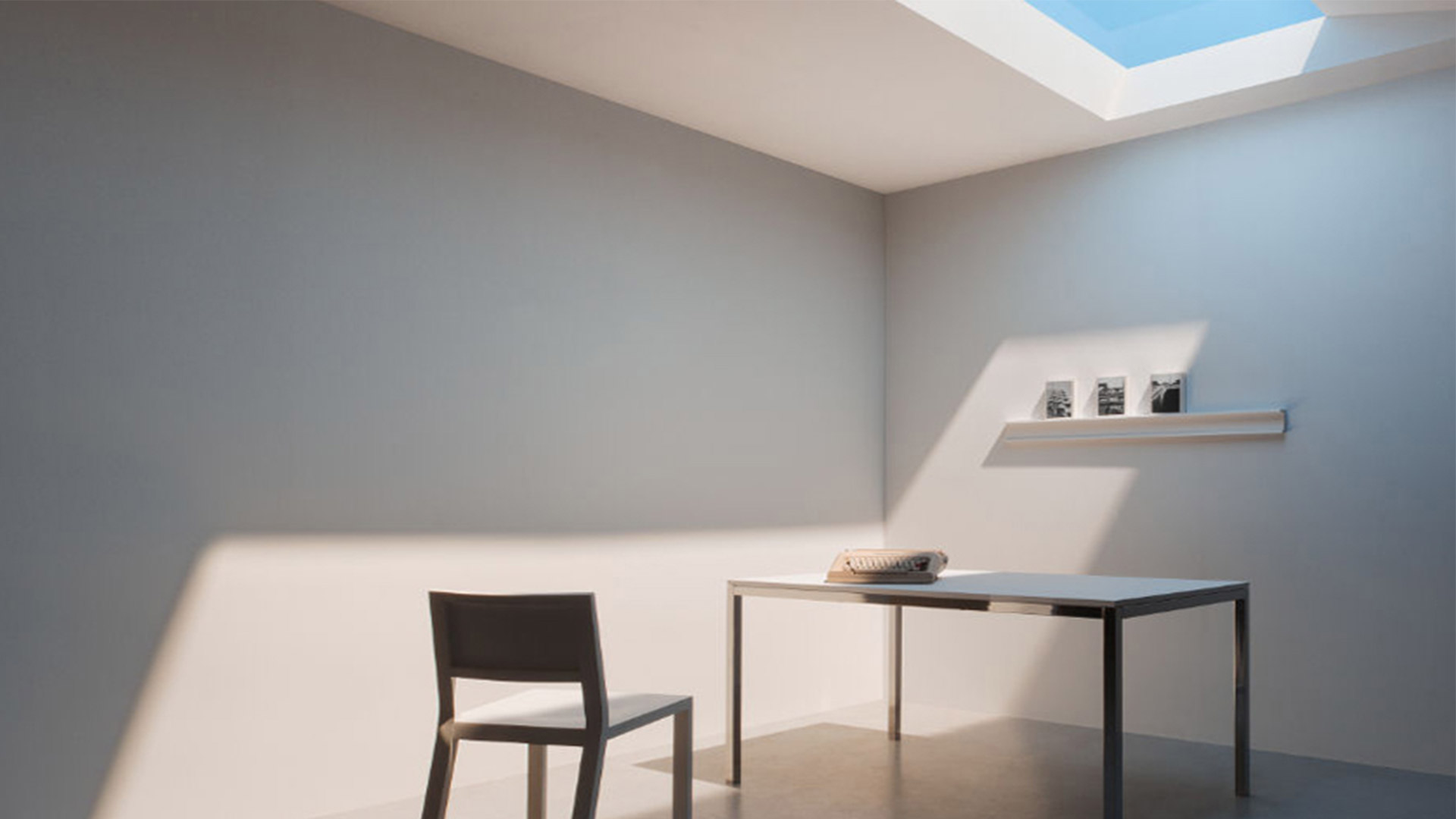How electrochromic glazing is making blinds a thing of the past
Things have been heating up here in the Nulty office due to the (rare) sunny weather we’ve been having in London recently. We’ve terrific views of the London Eye and have always felt it a shame to block it out with blinds, so we thought we’d investigate electrochromic glass, a new glazing solution used to create partitions, windows and skylights.
The benefits
What makes electrochromic glass so unique is that it allows users to control the amount of heat or light that passes through the glass at the flick of a switch. With the proper sensors and controls, an electrochromic window system in a large commercial building (like ours) could automatically darken the windows when the sun is high and its rays are heating the interior, thus reducing the solar heat gain and the need for air conditioning.
As the sun sets or clouds cover the sky, the system would move the windows back to transparency, maximising natural light and reducing the use of electric lighting. Dynamic control of the windows can save energy for both lighting and air conditioning.

How it works
Electrochromic glass panels are made up of several extremely thin plies. Darkening occurs when hydrogen or lithium ions from an ion-storage layer are transmitted through an ion-conducting layer, which, when a voltage is applied, hurls the ions into an electrochromic layer typically made of tungsten oxide. The ions cause this layer to absorb visible light, thus darkening the window’s glass. The thin plies are sandwiched between two sheets of a transparent conducting oxide material. All the layers are encased between two layers of glass.



